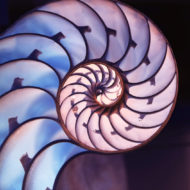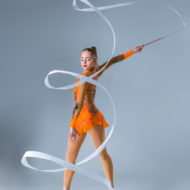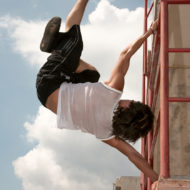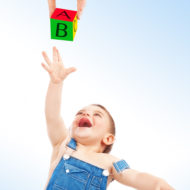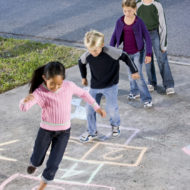
As I reflect on the seductive appeal of Olympic sports, I’m drawn to the notion that sport is play. It may be a livelihood and an obsession for the athletes themselves, but for spectators, a sport is still a game. But what makes an activity playful?
In his seminal book, Homo Ludens, Johan Huizinga identifies key features of play as the following:
* All play is a voluntary activity; it is free; it is never imposed as a duty or a practical task.… Read More




